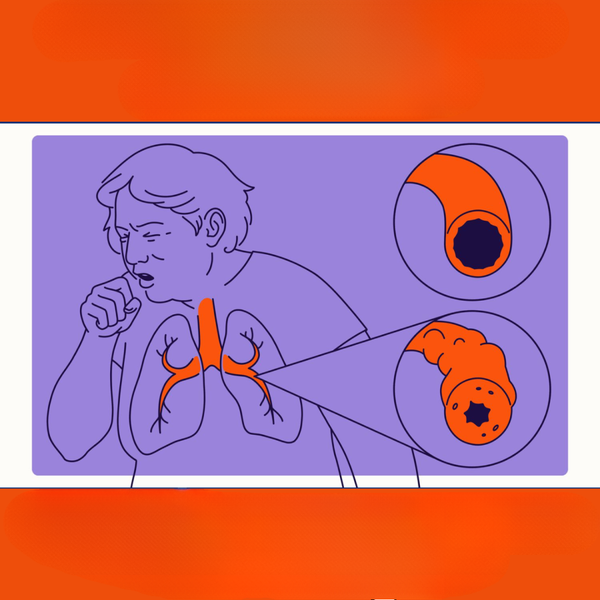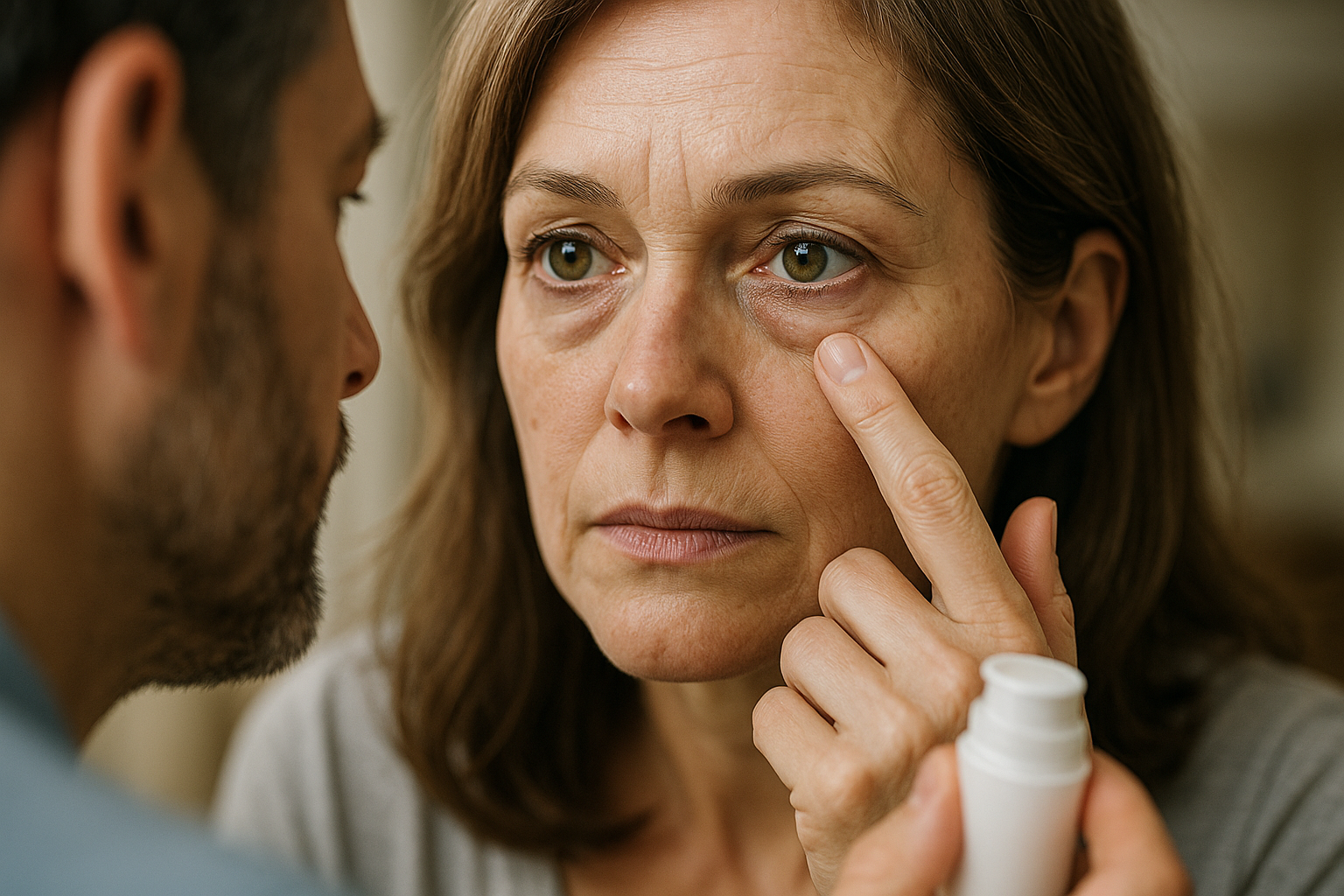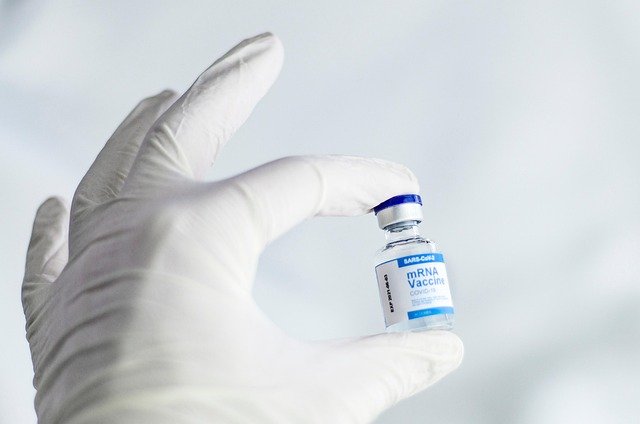What Are the Signs of Hepatitis C and What Does a Hep C Rash Look Like?
Hepatitis C is a viral infection that primarily affects the liver, but it can also manifest in various symptoms throughout the body, including the skin. Discover the hidden signs of Hep C (such as hemorrhoids and rashes).Hepatitis C often presents with subtle or "hidden" signs that may not be immediately associated with liver disease. Some of these symptoms include:

What are the early warning signs of Hepatitis C?
Decoding the early warning signs of Hepatitis C can be challenging, as many individuals may not experience noticeable symptoms in the initial stages. However, some people may develop flu-like symptoms within the first few months of infection. These can include:
-
Fatigue
-
Fever
-
Nausea and vomiting
-
Loss of appetite
-
Abdominal pain
-
Joint pain
-
Dark urine
-
Clay-colored stools
-
Jaundice (yellowing of the skin and eyes)
It’s important to note that these symptoms can be mild and easily overlooked, which is why Hepatitis C often goes undiagnosed for years.
How does Hepatitis C affect the skin?
While Hepatitis C primarily targets the liver, it can also cause various skin manifestations. These dermatological symptoms can sometimes be the first noticeable signs of the infection. Common skin-related issues associated with Hepatitis C include:
-
Pruritus (intense itching)
-
Lichen planus (an inflammatory skin condition)
-
Porphyria cutanea tarda (a disorder causing skin blistering in sun-exposed areas)
-
Necrolytic acral erythema (a rare skin condition associated with Hepatitis C)
-
Cryoglobulinemia (a condition causing skin rashes and other symptoms)
These skin conditions can vary in severity and may not always be directly linked to Hepatitis C without proper medical evaluation.
What does a typical Hep C rash look like?
The Hep C rash, also known as HCV-related dermatitis, can present in various forms. While there isn’t a single “typical” appearance, some common characteristics of Hep C rashes include:
-
Small, red, itchy bumps on the skin
-
Patches of dry, irritated skin
-
Areas of skin discoloration
-
Raised, purplish spots (particularly in cases of cryoglobulinemia)
-
Flat or slightly raised red-brown lesions (in cases of lichen planus)
It’s important to note that not all individuals with Hepatitis C will develop a rash, and the presence of a rash alone is not diagnostic of Hepatitis C. Any persistent or concerning skin changes should be evaluated by a healthcare professional.
What are the other skin-related symptoms of Hepatitis C?
In addition to rashes, Hepatitis C can cause various other skin-related symptoms and conditions. These may include:
-
Spider angiomas (small, spider-like blood vessels visible on the skin)
-
Palmar erythema (redness on the palms of the hands)
-
Easy bruising or bleeding
-
Telangiectasias (small dilated blood vessels near the surface of the skin)
-
Raynaud’s phenomenon (discoloration of fingers and toes in response to cold or stress)
These skin manifestations can occur due to the systemic effects of the Hepatitis C virus or as a result of liver damage caused by chronic infection.
How are Hepatitis C and its skin manifestations diagnosed?
Diagnosis of Hepatitis C typically involves a combination of blood tests, medical history review, and physical examination. The process may include:
-
Initial screening with an HCV antibody test
-
Confirmatory testing with an HCV RNA test to detect active infection
-
Liver function tests to assess liver health
-
Imaging studies such as ultrasound or FibroScan to evaluate liver damage
-
In some cases, a liver biopsy may be recommended
For skin-related symptoms, a dermatologist may perform additional tests, including skin biopsies, to determine the underlying cause and its potential connection to Hepatitis C.
What treatment options are available for Hepatitis C and associated skin conditions?
Treatment for Hepatitis C has significantly improved in recent years with the development of direct-acting antivirals (DAAs). These medications can cure the majority of Hepatitis C cases within 8-12 weeks, with fewer side effects compared to older treatments. The specific treatment regimen depends on factors such as the HCV genotype, liver health, and prior treatment history.
For skin manifestations associated with Hepatitis C:
-
Successful treatment of the underlying Hepatitis C infection often leads to improvement or resolution of skin symptoms
-
Topical corticosteroids or antihistamines may be prescribed for symptomatic relief of itching and rashes
-
Specific treatments may be recommended for individual skin conditions (e.g., phototherapy for lichen planus)
-
In some cases, referral to a dermatologist for specialized care may be necessary
It’s crucial for individuals diagnosed with Hepatitis C to work closely with their healthcare providers to develop a comprehensive treatment plan that addresses both the viral infection and any associated symptoms or complications.
This article is for informational purposes only and should not be considered medical advice. Please consult a qualified healthcare professional for personalized guidance and treatment.




